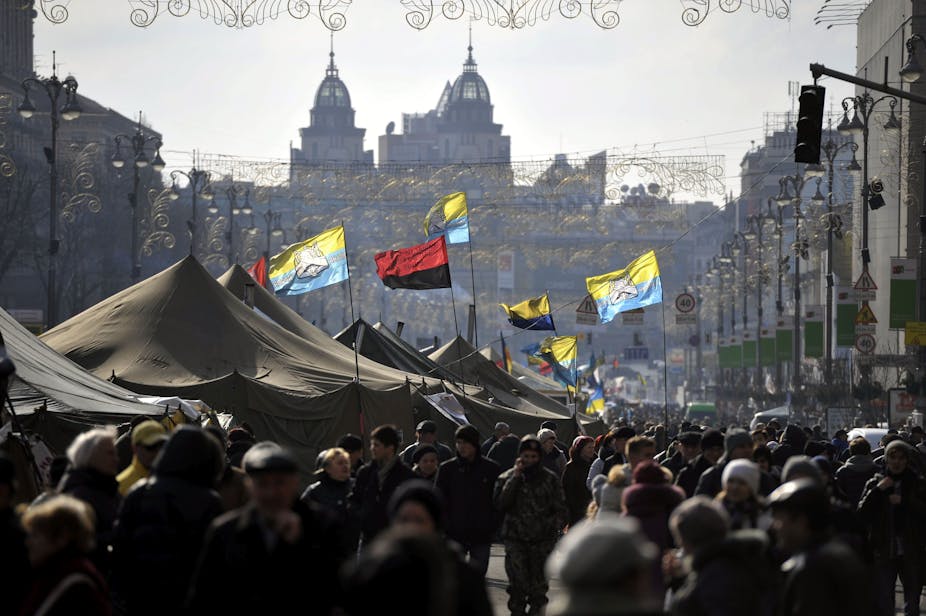As 16,000 pro-Russian troops swept through Crimea, seizing control of its key sites, murmurings about a new Cold War have followed hard on their heels. Whether or not invoking that label is anachronistic is a topic for another discussion, but it is clear is that the world has changed significantly and that brings challenges and opportunities when business leaders try to piece together their risk-management strategy in the heat of dramatic and changing events.
One notable difference in the way this crisis has played out lies in a shift from clandestine operations to gather information to a focus on leveraging open source intelligence. We have now entered a new era in terms of the amount of data we are able to collect, synthesise and analyse; with “big data” increasingly becoming a defining feature of the 21st century. With this in mind corporations must focus on how to embrace these technological developments to gain an edge in understanding of global events.
Recent episodes of unrest from across the world, from Caracas to Crimea, Sao Paolo to Istanbul have been marked by one uniform feature – the huge amount of content that they generate. Whether running commentary on the blogosphere, meeting points being broadcast on Twitter or rolling 24 coverage from global news organisations there is a deluge of data.
News channels’ coverage of the situation in Ukraine alone has at times seemed a little overwhelming. This is where technology can help. Breakthroughs in the cutting edge fields of data retrieval, machine learning and artificial intelligence allow us to both quickly and effectively connect disparate data sources that could simply not be achieved by manual curation.
Scatter-gun coverage
In the case of Ukraine we can see how technology-driven analysis of the existing data can help us understand and pinpoint exactly what is happening where and when as unrest spreads throughout the country. While much of the focus within the western press has been on the focal points of Kiev and Crimea the maps below show the dispersal of protests across the whole of the country, and highlights the asymmetry in coverage by the English-speaking press despite protests being widespread and varied.
This helps not only present a more representative picture of events than is obtainable from one individual news source, but also helps establish the macro trends that are occurring.
MAP 1: Protests in Ukraine, unfiltered, collected by Cytora algorithms
MAP 2: Protests filtered to show those with more sources. Collected by Cytora algorithms
The size of the bubbles represents the number of articles that were written covering protest events on that location, while the colour signifies the number of actual events that took place; the darker the colour, the higher the number.
We see for example that there were significant protests in Lviv, Lutsk, Kharkiv and Donetsk. In the second map, data was filtered to only show events that had at least five sources, revealing that the story that emerged in the wider press was quite truncated compared to the actual spread of events.
The challenge now – for global businesses that need a dynamic understanding of the risks they face – is how can this data be best understood and exploited. While previous risk mitigation strategies have been hamstrung by an over-reliance on limited data points (the Ukraine example demonstrating how the picture can be skewed by poor data collection), organisations can now embrace the possibilities of smarter and faster data.
The dangers of missing data are clear in the example of the Norwegian oil company Statoil. When they examined the factors that contributed to the terrorist attack on their facility in Algeria they identified an oversight in not being able to effectively track and monitor the groups and individuals that would eventually perpetrate the attack. At the time, these groups were operating between the porous borders in the region in the aftermath of the collapse of the Gaddafi regime and as such it meant that information being collected on them was often falling into country silos.
Moving towards a technology-driven approach to collect and analyse data on relevant risk events allows for trends and patterns to be established in real time. The hope is that this will help organisations understand and manage their ever-changing risk exposure.

